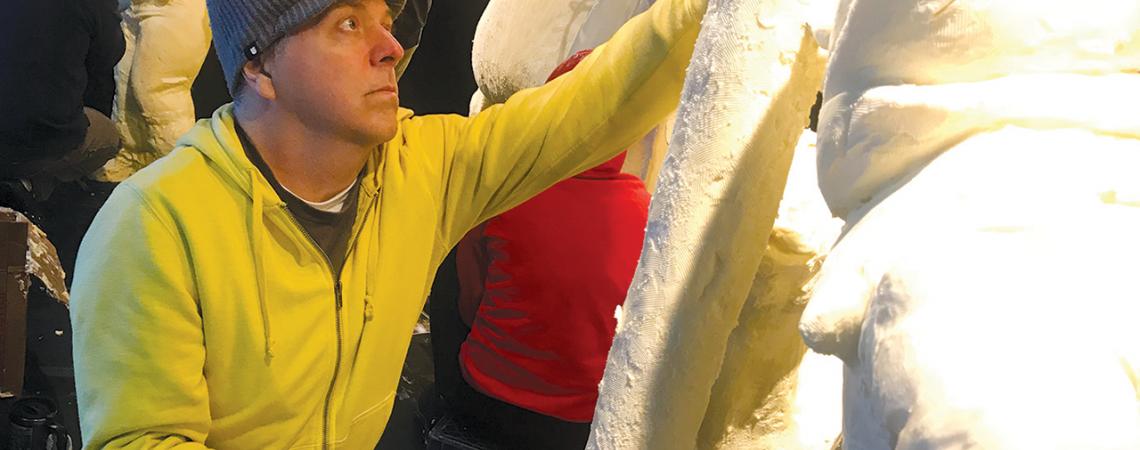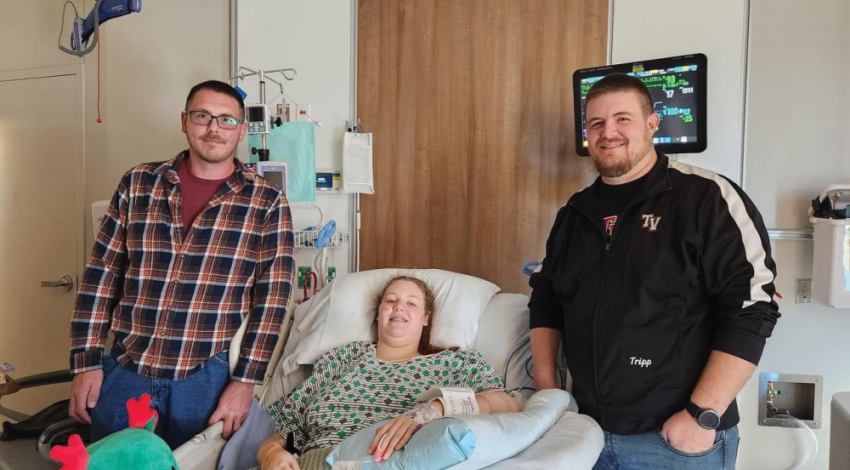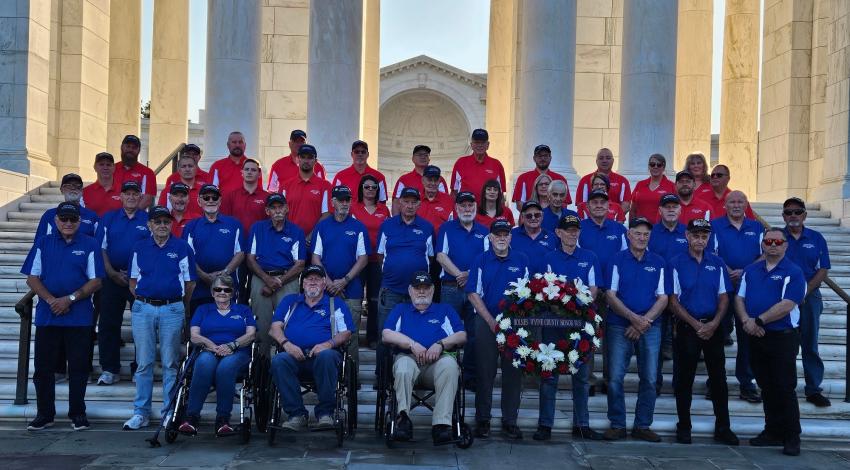Ohio State Fair butter sculptors work diligently to finish their creations before the opening of the fair.
The five sculptors know how important their role is. Within their capable hands is a tradition that some will experience for the first time this year and others perhaps the fiftieth time — one that thousands of people look forward to every year.
“The butter sculpture display is one of the most loved traditions of the Ohio State Fair,” says Jenny Hubble, senior vice president of communications for the American Dairy Association Mideast, which represents dairy farmers in Ohio and West Virginia. “Ohio’s dairy farmers are proud to support it.”
The tradition began in 1903, when Ohio State University and dairy processors in the Buckeye State sponsored butter-sculpting contests at the fair.
T. Shelton and Company, distributor of Sunbury Cooperative Creamery Butter, is credited with turning in the first butter cow and calf.
Additional themes have been added in ensuing years. The American Dairy Association Mideast picks something that is nonpolitical and noncontroversial, optimistic, and with broad audience appeal.
The five-member technical sculptor team includes lead sculptors Paul Brooke and Alex Balz of Cincinnati, Tammy Buerk of West Chester, Erin Swearingen of Columbus, and Matt Davidson, a Sidney dairy farmer. The mural in the display is painted by Cincinnati-based artist Ted Hendricks.
Brooke and Balz spend a week planning the display and building the wood and steel frames or armatures to support the butter’s weight. The team spends 400 hours sculpting in Columbus, roughly a week before the fair opens. They go through nearly 2,200 pounds of butter in the process.
The beloved butter cow and calf are always part of the display. Other butter sculptures have honored astronauts Neil Armstrong and John Glenn, aviators Orville and Wilbur Wright, and Ohio’s top sports teams.
The sculptors slice the butter, which comes in 55-pound blocks, into manageable loaves and layer it onto support frames. They wear gloves and multiple layers of clothing while they work in a large, 46-degree cooler.
“It hardens on the frames like a stick of butter straight out of the refrigerator,” Brooke says. “At that point, it’s like working with clay, although we really have to exaggerate the detail because butter tends to be more translucent and doesn’t reflect light like other materials.”
There is no waste — the butter used in the process is already past its expiration date, and once the fair is over, it’s recycled and refined into an ingredient used for animal feed, tires, and cosmetics, among other things.









